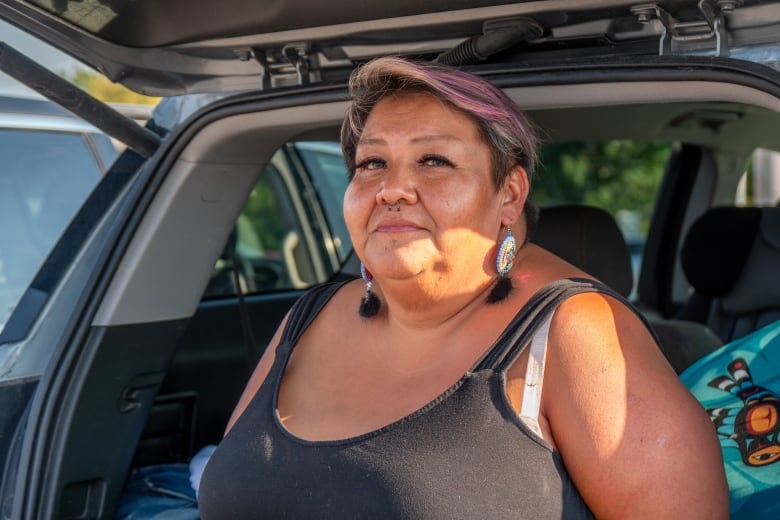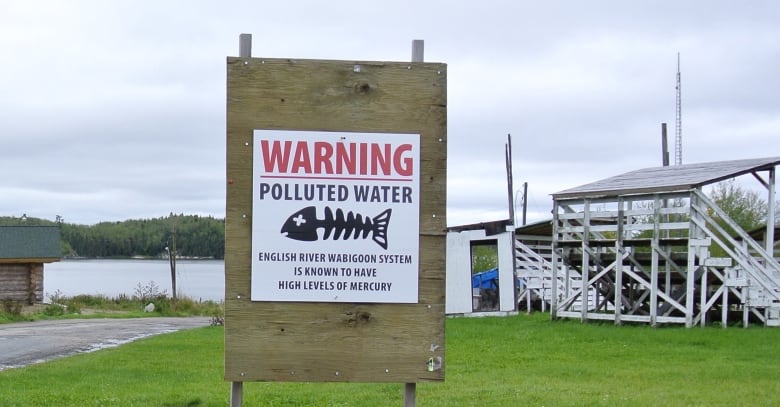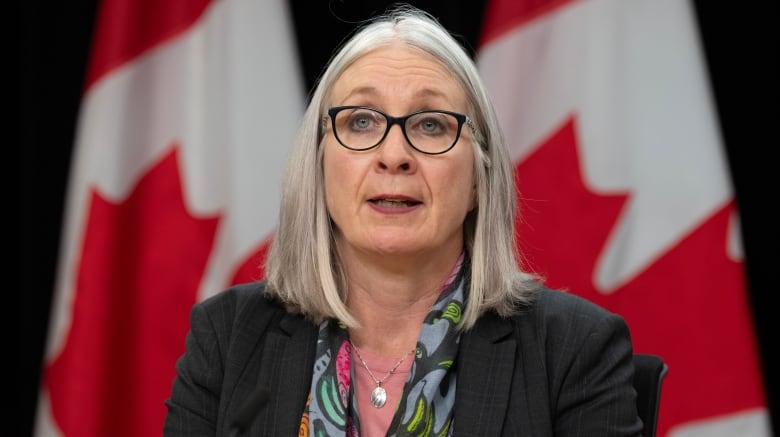
Thousands marched to Queen’s Park in Toronto on Wednesday to demand action to help people in Grassy Narrows First Nation, a northwestern Ontario community that has faced decades of mercury contamination.
The Walk for Mercury Justice was the culmination of River Run 2024, a grassroots movement to address the poisoning that has impacted about 90 per cent of the population of Grassy Narrows, also known as Asubpeeschoseewagong Netum Anishinabek.
Led by about 100 members of Grassy Narrows, the demonstrators went from Grange Park to the Ontario Legislature, where they unfurled a nearly 150-square-metre banner outside the front entrance.
“I feel angry,” said Chrissy Isaacs, who helped organize the caravan of activists that drove from Grassy Narrows to Toronto.
“This is an issue that’s been ongoing for over 50 years. I’ve been one of the people that have been voicing this since I was a teenager, and I’m a grandmother now.”

Contamination concerns date back to the 1960s and ’70s, when the Dryden Paper Mill dumped about nine tonnes of mercury into the English-Wabigoon River System, and has affected Grassy Narrows and Wabaseemoong Independent Nation, both Ojibway First Nations.
People at the rally voiced three key demands:
- Compensation for all members of Grassy Narrows affected by mercury poisoning.
- An end to industrial threats to the community’s traditional land.
- Support for mercury remediation efforts, so members can safely carry out traditional practices.
Fewer than 1,000 people live in Grassy Narrows. While the province is leading remediation efforts in the river system, and the federal government says it’s spending millions of dollars on a Mercury Care Home, community members say change isn’t happening quickly enough.
“If that happened in Toronto, it would be taken care of right away. Why is Grassy Narrows having to fight for over 50 years to have good health, to have clean water?” said Isaacs.
Concerns about eating fish
In June, Grassy Narrows filed a lawsuit in Ontario’s Superior Court of Justice against the provincial and federal governments. The lawsuit argues the governments have violated their duties under Treaty 3 by failing to protect against or remedy the effects of mercury contamination in the English-Wabigoon River system.
The suit came shortly after research out of London’s University of Western Ontario was released, suggesting the contamination is being made worse by ongoing industrial pollution from the mill.

Fish are a staple part of the community’s diet, but also one of the main ways the mercury contamination has been transmitted.
“It kind of makes things difficult because … we have a lot of people in our community that love to fish all the time,” said Paris Meekis, a member of Grassy Narrows who participated in the rally in Toronto.
“It’s pretty hard, especially when the water is contaminated. Half the time, I personally don’t wanna eat it, but my family grew up eating it.”
Symptoms of mercury poisoning can include tremors, insomnia, memory loss, neuromuscular effects, headaches, and cognitive and motor dysfunction.
“It’s a progressive disease, so as you get older, you get more and more symptoms,” Isaacs said. “I’m starting to have a hard time walking and I have a hard time opening water bottles sometimes — or sometimes I just get tremors out of nowhere.”
What governments are saying
CBC News reached out to the office of Greg Rickford, Ontario’s minister of Indigenous affairs and First Nations economic reconciliation, last week to ask whether he would meet with participants at the rally. A spokesperson did not answer that question, but provided an emailed statement on Tuesday.
“The Ministry of the Environment, Conservation and Parks remains committed to working with First Nations and stakeholders, towards the remediation of mercury contamination in the English and Wabigoon Rivers,” wrote Flavia Mussio.
She mentioned the work underway with the English and Wabigoon Rivers Remediation Panel and the $85-million English and Wabigoon Rivers Remediation Trust, and said further assessment of the contaminated area is ongoing, “to obtain a complete understanding of the extent and location of contamination in the river system.”
Those impacted by symptoms of mercury poisoning can also access benefits through the Mercury Disability Fund, she added.

For the federal government’s part, spokesperson Jennifer Kozelj provided an emailed statement on behalf of Indigenous Services Minister Patty Hajdu.
“Water is life, and we have a deep responsibility together to protect water quality for all generations,” the statement said. “It is only by working together that we can do this important work. Everyone deserves to live in a healthy and safe environment, including First Nations whose communities are too often located downwind, downstream, and next to polluting industrial facilities.
“To the thousands marching today: I hear you and see you, and my commitment to you remains steadfast,” the statement added.
Kozelj said the government remains committed to working with the community and supporting its wellness vision. She also pointed to the First Nations Clean Water Act, which was introduced “to make sure that what happened at Grassy Narrows never happens again.”
The federal government previously told CBC News it has committed $77 million for the construction of a Mercury Care Home in Grassy Narrows, and $68.9 million for operations, maintenance and specialized service delivery. While construction was hoped to begin this summer, the project has yet to break ground. It’s expected to take about two to three years to complete.
At Wednesday’s rally, Steve Fobister of Grassy Narrows said both levels of government keep passing the buck on who should take responsibility for what’s happening in his community.
“They pass it around, they pass the fire on. It’s not important to them. It’s not a priority,” he said. “It should be a priority because it’s a really serious environmental issue.”